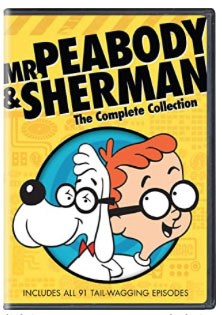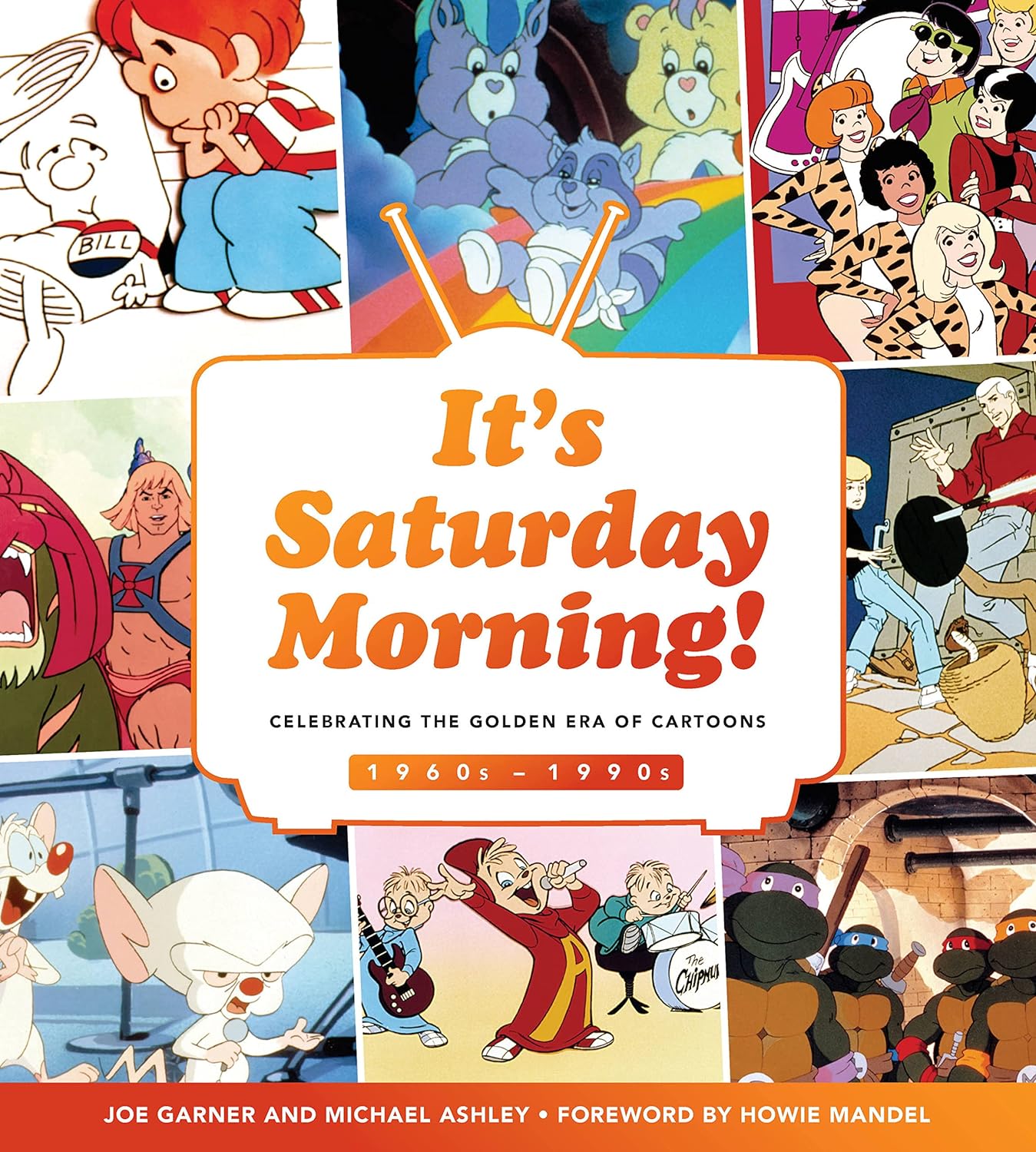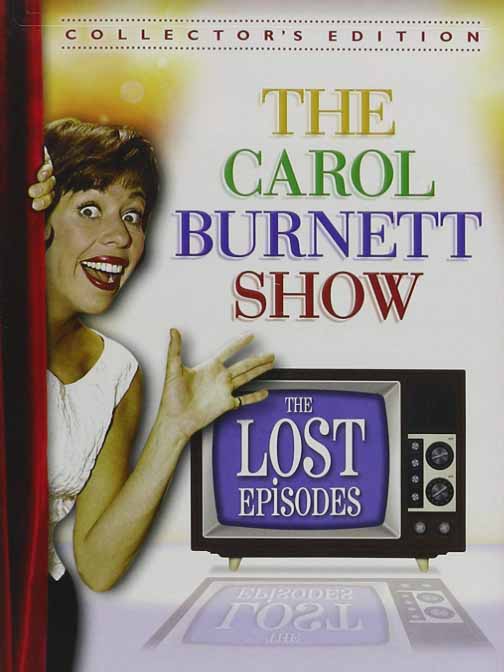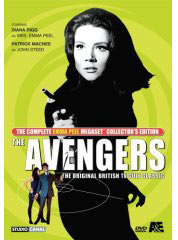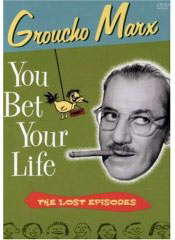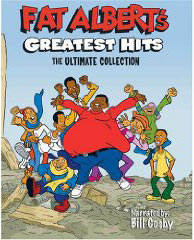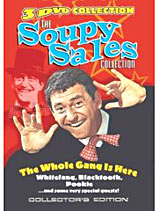|


|

by Cary O'Dell
You know, when I was little, I thought that the TV ratings were based on quality and not quantity. I guess I assumed that a not-so-secret cabal of critics or citizens gathered every week, watched everything that was on, and then ranked the weekly offerings by what they believed to be the crème de le crème of small screen fare. Their finding were then reported in the newspaper every week. Of course, if that were true, that would mean that, for years, the very, very best that TV had to offer were shows like “Three’s Company,” “Charlie’s Angels,” and “Real People.” (I think my confusion came from overhearing overheated adult reaction to some ratings successes i.e. “I don’t know why that’s always ranked so high, I never thought it was any good!”)
Such a ranking system is a fun, fascinating one to consider. And, actually, as a way of measuring TV, it might not be anymore more odd or unreliable than the current systems we have.
Nearly since the dawn of mass media, the A.C. Nielsen Company has been the go-to business for audience measurement first in radio, then forever more in television. Based near Chicago, Nielsen’s company includes all sorts of quantitative sampling and reporting related to consumers, not just the weekly TV ratings. The company also tracks book sales, music sales and other types of consumer purchasing, from grocery store to mall.
Nielsen likes to keeps its sampling statistics close to the vest, usually refusing to reveal them publically. (My inquiries with the company for this article have gone unanswered.) And, as a privately held company, that is certainly their right. They are no more obligated to share their methodology with me than KFC has to reveal its various herbs and spices; those are company secrets. Still, enough journalistically-sound investigations have been done to arrive at an estimate that the number of people sampled for the weekly TV rating to be around 37,000.
This number begs a question then: how can TV ratings by Nielsen be reported every week in terms of millions of viewers if less than 40,000 people are actually being counted?
Well, in some ways, you’ve been lied to.
To achieve its numbers—which eventually get accepted as the gospel by the giant broadcast and cablecasting industry--Nielsen relies on a mathematically accepted system called “statistical sampling.” It extrapolates--some could say exaggerates--its core findings. It assumes—as do almost all surveys in every field—that for every person watching a show, that person represents or speaks for “X” number of others. Nielsen takes its original numbers, does the math and reports then the final sum. In many ways, what Nielsen reports in the ends is, basically, a mathematical theory, an estimate, an educated guess.
Technically, such “massaging” of data is how almost all research is done. When pollsters report that 52% of the country is for Romney (or Obama), they have not of course polled everyone in the nation. Instead, they’ve just consulted those in a sample and based their findings, estimate, guestimates and everything else, on those they’ve specifically talked to. Even medical research is, to some degree, built around this principal. When a new drug has been approved by the FDA, it is not because it’s been tested on every single living adult but, instead, has just been tested on enough people to assume that it is safe for everyone else.
Still, the across-the-board adopting of Nielsen’s numbers is interesting considering the stunning paucity of its sample size. While 37,000 is a lot of people, especially if you had to sit and count and process their viewing habits every day of the week, it’s still a group of people smaller than the population of Peoria, Illinois or of Broken Arrow, Oklahoma. In fact, it’s smaller than the entire population of American Samoa. In fact, it’s smaller than the number of people than can be fit into Neyland Stadium in Knoxville, TN, or the number that can be seated at the Cotton Bowl in Dallas, Texas. It is only 10,000 more than can be seated inside Madison Square Garden.
What this means then is that a group of people, smaller in number than the town I grew up in (Galesburg, Illinois), in fact, smaller than most of the towns most people grew up in, ultimately decides what is watched by a nation of 313 million! Behold the power of math!
Also interesting is not only how potentially flawed this system is but how these weekly numbers shake out and how they are applied by the industry. For example, CBS’s recent, not-bad sitcom “Partners” got pulled in November after it aired an episode that earned a series poor rating of 5.5 million people (according to Nielsen). But TLC’s “Here Comes Honey Boo Boo” is considered a “hit,” and something of a cultural phenomenon, and the highest number it has ever allegedly achieved, again according to Nielsen, has been 2.5 million viewers. (And, no, “Boo Boo” didn’t out rate the recent Republican Convention; that was a misreported myth.)
More inconsistencies abound: Showtime’s highly-celebrated “Homeland” recently achieved its highest rating so far with an audience of only slightly over (an alleged) 2 million. And the most that the omnipresent Kardashians have ever been able to muster with their flagship show on E! is 3.6 million viewers. HBO’s much-acclaimed, much-celebrated “Girls” meanwhile has never rated more than about 1 million viewers.
Along these same interesting lines: the CW (and others) has already crowned its action series “Arrow” a “hit” because it debuted with (an alleged) 4 million viewers. In fact, that was the CW’s biggest audience in three years. Yes, bigger than “Honey Boo Boo” but still smaller than “Partners.” FX’s series “Sons of Anarchy” recently made the cover of “Entertainment Weekly.” That series’s biggest rating to date: 4.6 million viewers. That same network’s “American Horror Story” debuted this year with 3.9 million viewers; it was just renewed for a third season. In contrast, four million viewers were not enough for ABC’s “666 Park Avenue” to survive. It has since been pulled by ABC. And five million viewers wasn’t enough to keep NBC’s now cancelled “Animal Practice” afloat.
Nevertheless, some cable shows are irrefutable hits. AMC’s “Walking Dead” has scored as many as 9 million viewers for one of its episodes.
Of course, sheer volume of viewers has not mattered as much since the discovery of demographics (i.e. are the viewers who are watching the ones you want watching, the ones with the most disposable income, able to purchase a sponsor’s products?). For example, NBC’s “Harry’s Law” starring Kathy Bates was doing well in the ratings but skewing much older in the ages of its viewers than the network desired. Hence, the network killed “Harry” while sticking with some of its more middling, but younger skewing, sitcoms; “Whitney” gets a reprieve. The “hit” status of shows like “Girls” and “American Horror Story” can probably also be attributed to this thinking.
Program viewer drop-off is also a major issue; it’s what felled the aforementioned “Partners.” A follow-up show in an evening line-up that doesn’t retain enough of the audience from the show before it is always in danger of hitting the chopping block. For years, during its powerhouse Thursday night line-up, NBC struggled to find a show whose ratings didn’t fall of the cliff after strong lead-ins like “Friends” and “Cheers.” Anyone remember “Union Square” or “Madman of the People”?
Production costs also weigh heavy. “Honey Boo Boo” and the “Kardashians” can be produced for a fraction of what even a half-hour sitcom can be. And, obviously as well, programs on cable are playing on a different playing field than programs on the “big three” networks. Almost everyone with a TV gets ABC, CBS, and NBC but not everyone has access to basic cable channels like TLC, AMC and E!. Even fewer folks choose to pay every month for pay-cable channels like HBO and Showtime. And the nightly and weekly ratings of these “specialty” channels reflect that smaller audience potential. (Cable TV channels often don’t help their ratings for their initial premieres with their often ad nauseum repeating of them.)
Still, Nielsen numbers can be misleading, and misrepresenting and the term “hit” practically subjective. And while it would be seem to be advisable for Nielsen to expand its audience sampling size beyond their current 37K, there’s seems little chance of that happening. So far, no one is complaining loud enough to make that happen. Moreover, Nielsen is already too busy scrambling to accurately measure the new ways (and places) that people are watching TV—via downloads, DVRs, on handheld devices, etc.—to worry about their long-standing data-collection models.
Besides, the rise of social media (not to mention old-fashioned letter writing) has already allowed almost everyone, not just Nielsen “families,” to let the world (and the networks) know what they like to watch. In 2001, Fox cancelled “Family Guy,” but the show’s success on DVD and via the web caused the network to later reconsider. The Seth McFarlane series returned in 2003 and remains on the air today. In 2007, united via the web, fans mailed 20 tons of nuts to CBS to protest the cancellation of “Jericho.” It worked…at least for a time. “Jericho” was renewed for a second season but the show didn’t make it to a third. More recently, in 2009, the NBC spy spoof “Chuck” got a boost when fans organized via Facebook and Twitter and decided to purchase foot-long sandwiches from Subway restaurants on the date of the show’s second season finale. The Subway company noted enough of an uptick in sales that day that NBC had to recognize not only a loyal fanbase but also a chance for multi-corporation synergy. “Chuck” was renewed for a third season.
The power and influence of social media is only one of the problems TV’s old guard—Nielsen and the networks--is having to deal with these days. Audience erosion from the networks and across all TV platforms is so massive now that what makes a “hit” a “hit” has already been radically redefined. In 1998, during the final season of “Seinfeld,” “Time” magazine crunched Jerry’s numbers and determined that primetime’s then biggest hit (averaging about 20 million viewers a week) would have barely made the top 30 some 30 years before when viewing choices were fewer and most households had only one TV. In other words, the final season of “Seinfeld” was no more heavily watched than such shows as “Rat Patrol” during its run in 1966. In fact, “Seinfeld,” this cultural touchstone, at its height, was, on average, getting no more viewers than regular episodes of “Who’s the Boss?” had just 10 years before. Was Jerry and company, therefore, still such a big “hit”?
If Nielsen itself isn’t up for reform in regard to their methods, then the reportage about television ratings certainly should be. The better, more rational use of the terms “hit” and “flop” should be applied and context and perspective regarding these numbers more stringently imposed. For as long as such terms are used so loosely, audiences will no doubt begin wonder why it matters to be measured, or even to care, at all.
NEXT: DECONSTRUCTING WHAT MAKES A HIT - PART TWO!
The music and movie industries!
|

It is what it is!
TV
on DVD/
/Holiday
Specials on DVD
TV
Commercials on DVD
TV
Shows on BLU-RAY

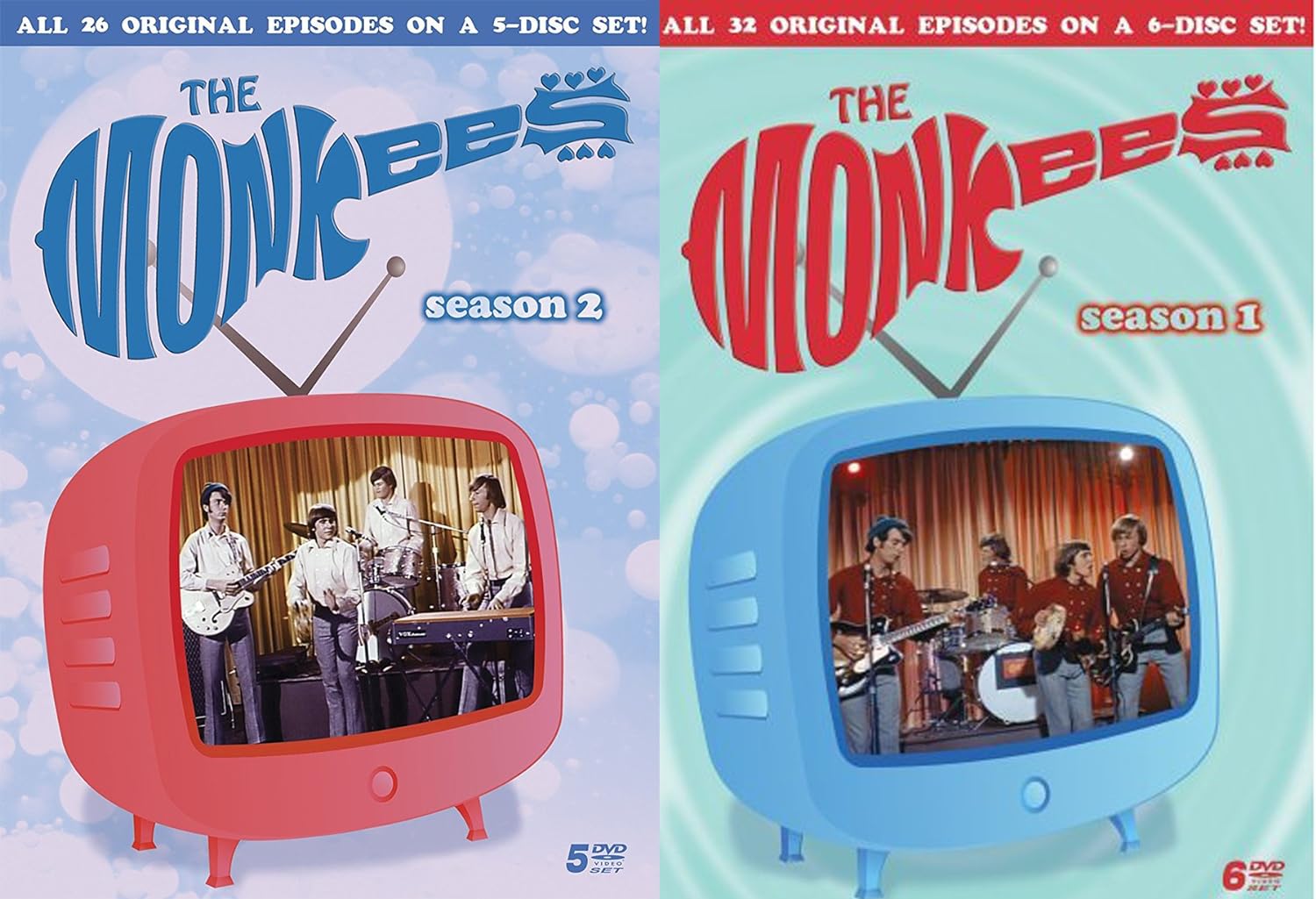
|

